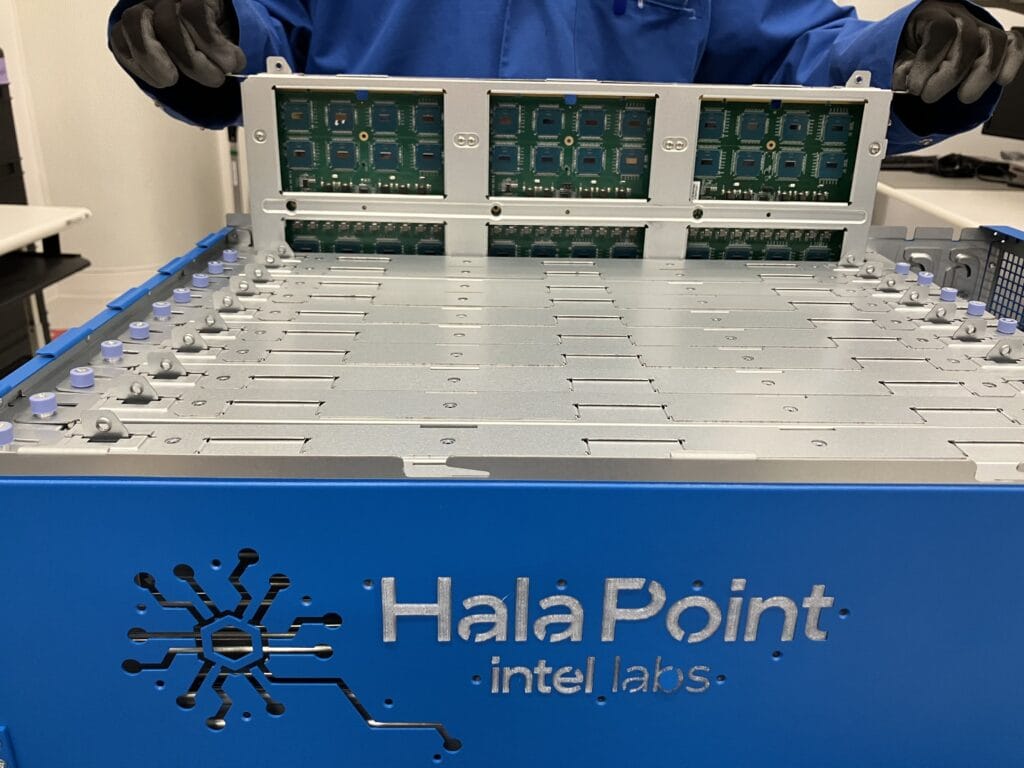Intel has built the world’s largest neuromorphic system, named Hala Point, and has deployed it at the Sandia National Laboratories. This system, approximately the size of a microwave oven, includes 1,152 Loihi 2 processors and marks a milestone in the field of neuromorphic computing, a technology that mimics the way the human brain processes information.
Neuromorphic computing, inspired by the structure and function of the human brain, represents a promising alternative to quantum computing in terms of scalability and applicability in optimization and efficiency problems in artificial intelligence (AI). This technology aims to integrate data processing and storage in a single unit, similar to how human neurons function, which can result in significantly lower energy consumption and faster decision-making.
Intel’s Hala Point is capable of performing up to 20 quadrillion operations per second, offering an energy efficiency that exceeds 15 trillion 8-bit operations per second per watt. This capacity allows it to simulate up to 1.150 billion neurons and 128 billion synapses, roughly equivalent to the brain of an owl, according to the company.
This advancement not only demonstrates the potential of neuromorphic computing to handle real-time AI tasks but also sets a new standard in terms of energy efficiency and processing speed compared to traditional CPU and GPU architectures.
Intel has opened this system to academic and business research, offering free access through its Neuromorphic Research Community, which already has over 200 participants. This initiative aims to promote collaboration and the development of practical applications for this technology, which could transform areas such as edge computing and real-time data processing.
Hala Point represents a significant step forward in the search for computational solutions that can handle the growing demands of data processing in a sustainable and efficient manner, anticipating an era where neuromorphic computing plays a central role in the evolution of artificial intelligence.
via: Intel

